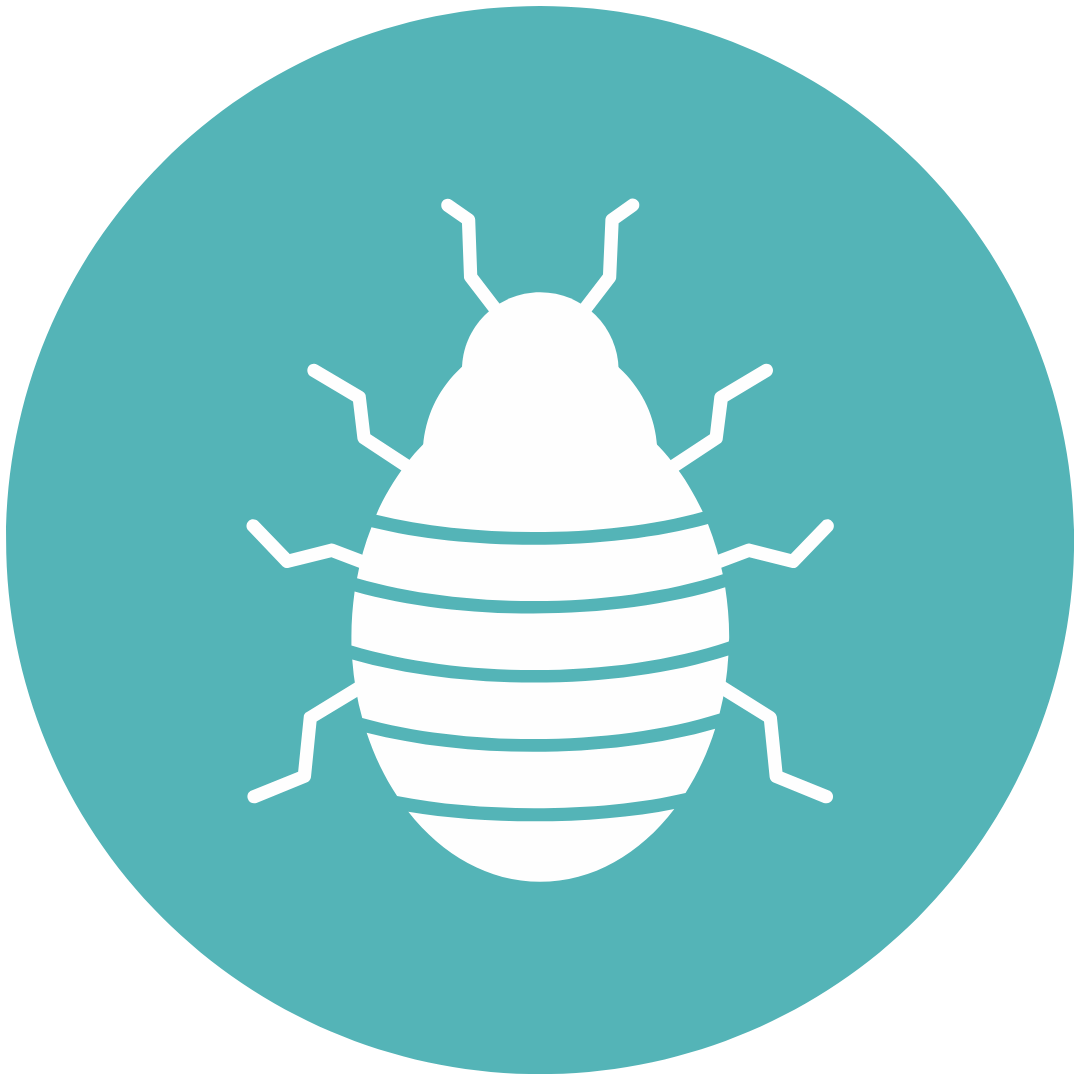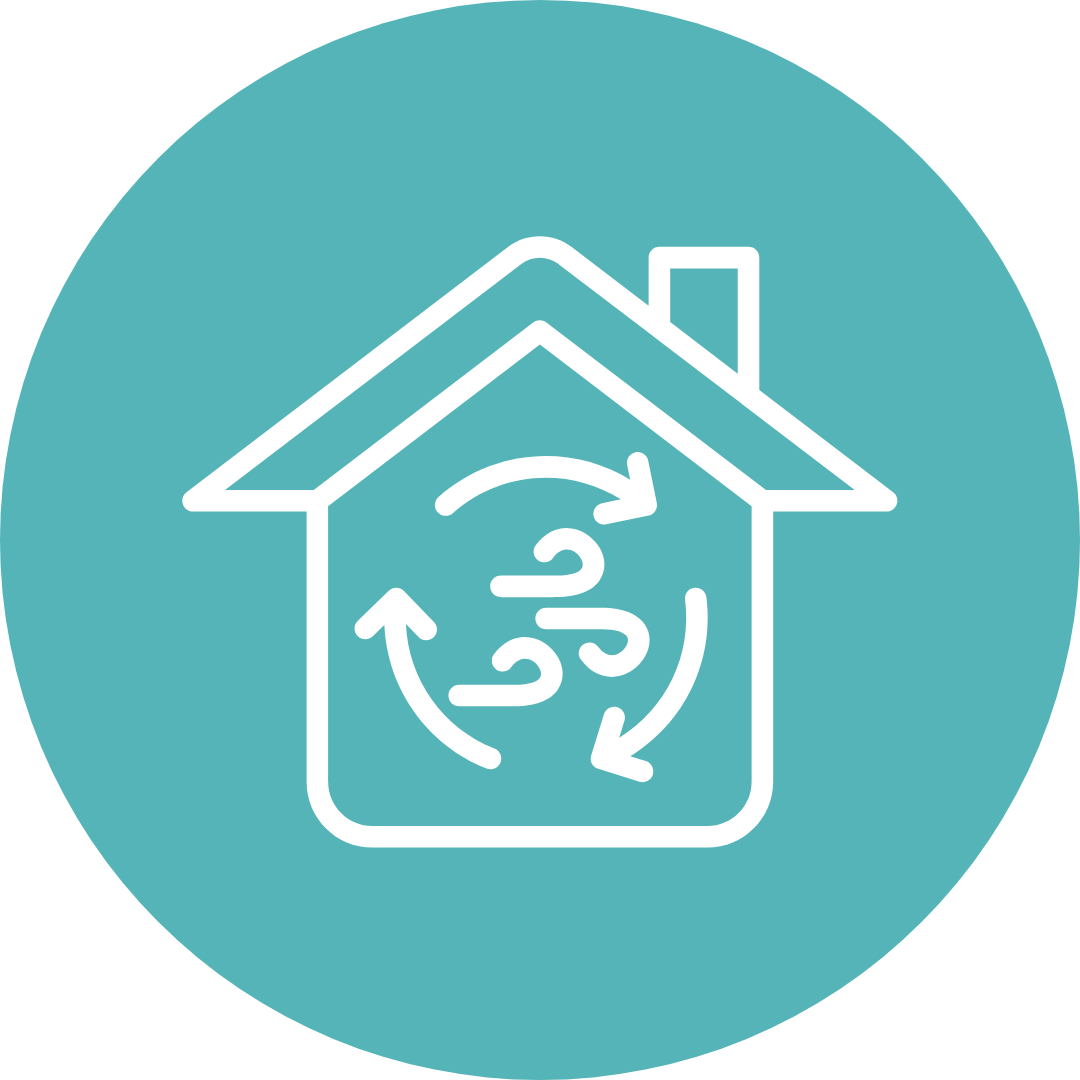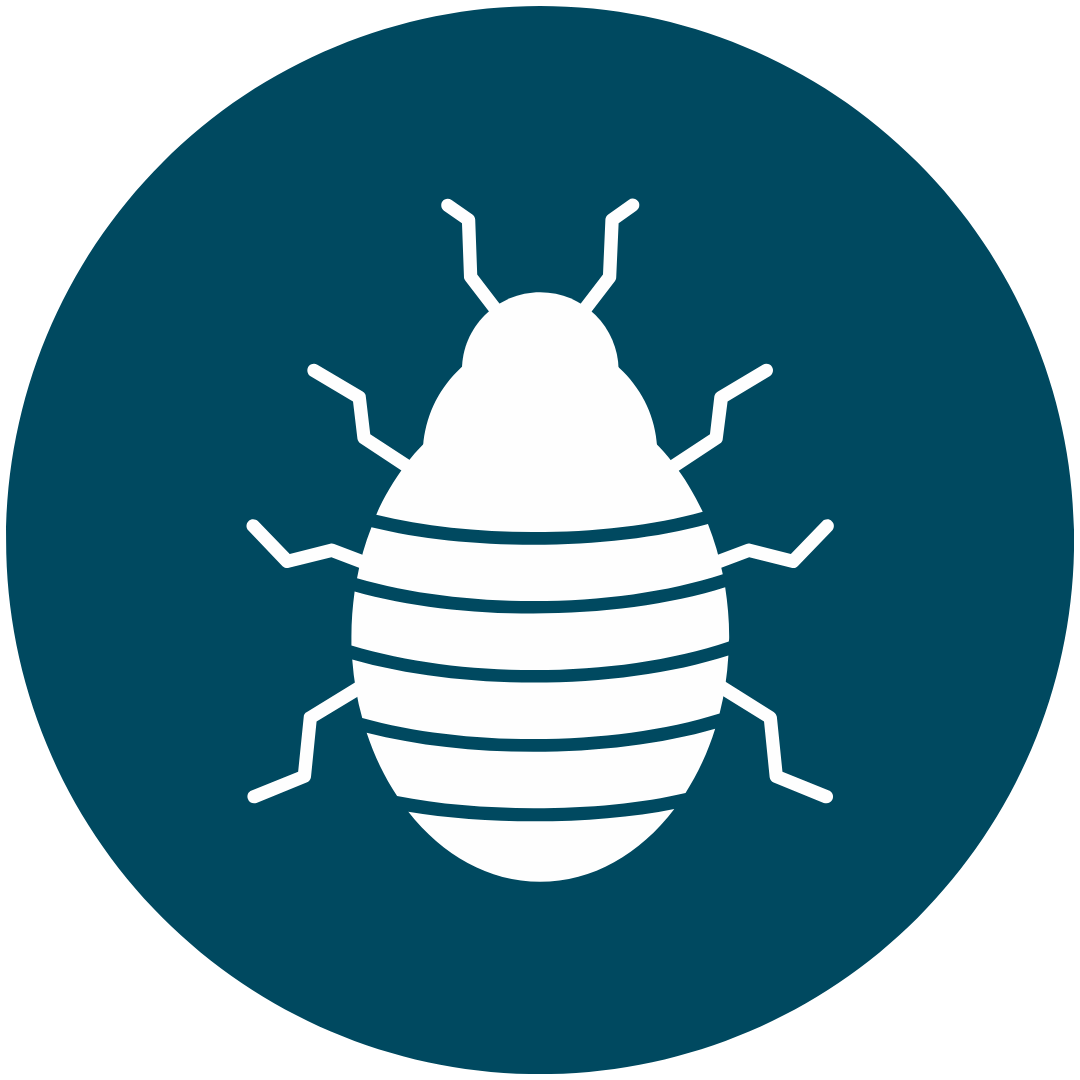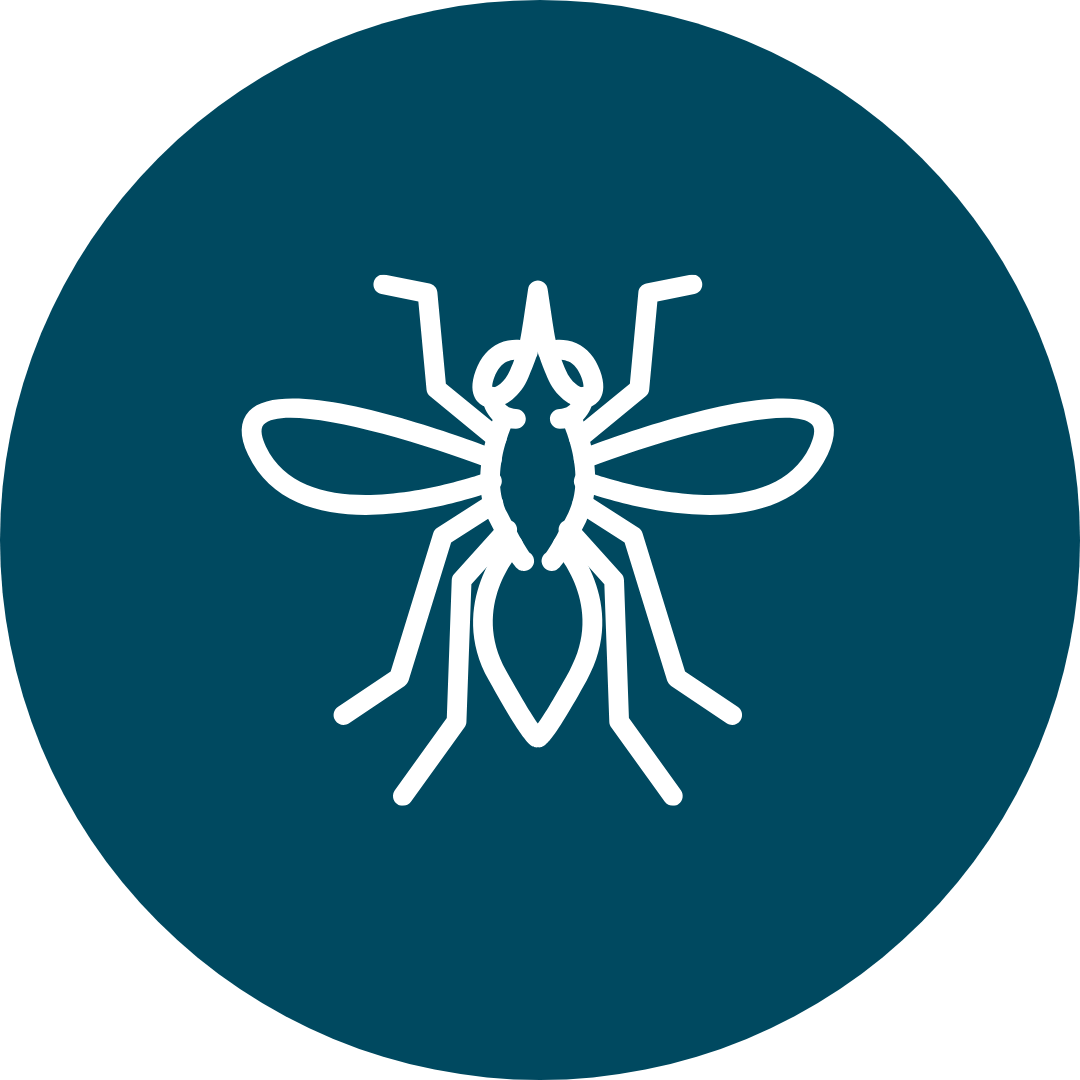
Our vision:
A safe and healthy Kitsap County for all.
Lead Exposure
Data Dashboards

Creating a Healthy Home
Most of us spend more time at home than anywhere else. Our homes can have a big effect on our physical and mental wellbeing. Click the buttons below to learn different ways to help your home stay safe and healthy.

Rodents and Other Pests
Health effects: Pests can carry diseases that can make humans sick, as well as cause allergic reactions.
Prevention tips:
-
Keep your living and cooking areas clean. Rodents are more likely to be in homes that have food crumbs, scraps, and spills on their floors and counters.
-
If rats or other rodents are already in your home, make sure that all of your food is stored in pest-proof containers.
-
Keep crawl spaces, vents, cracks, and spaces under doors sealed.
-
If you have birdfeeders, store birdseed in rodent-proof containers. Clean up any birdseed that has spilled onto the ground.

Bedbugs
Health effects: Bedbugs in your home can cause allergic reactions to bites (like itchiness). Bedbugs are frustrating and can cause stress, but they are not known to carry diseases that make humans sick.
Prevention:
-
When traveling, inspect sheets and mattresses for signs of bedbugs (reddish stains, bedbug feces or eggs). Do not stay in a room if you think it has bedbugs.
-
Inspect secondhand furniture for bedbugs before bringing it into your home.
-
If there are bedbugs in your home, tumble-dry all clothes and bedding on the "high" setting to kill bedbugs. Vacuum carpets and rugs to capture any stray bedbugs.

Indoor Air Quality
Health effects: Poor indoor air quality impacts everyone, especially children, older adults, and people with health problems like asthma or heart disease.
Prevention:
-
Improve air circulation by opening windows (when the weather permits) and turning on ceiling fans.
-
Use HEPA filters to filter out bad air quality.
-
Choose gentler, less toxic, and unscented cleaning products.
-
Avoid storing chemicals (paints, fuels, etc.) in your home, or store them in the smallest possible amount and in sealed containers.

Smoke and Carbon Monoxide
Health effects: Smoke, fire, and carbon monoxide can be deadly household hazards.
Prevention:
-
Install at least one smoke detector on each level of your home, as well as in every bedroom. Install at least one carbon monoxide detector on each level of your home.
-
Regularly test smoke and carbon monoxide detectors to ensure that they are working properly.
-
Have fire extinguishers and know how to use them.
-
Have an escape plan.
-
Regularly clean your chimney/flue to prevent the buildup of flammable residues.
-
Do not use barbeques or gas ovens to heat your home.

Lead Poisoning Prevention
Over half of the homes built before 1978 still have lead paint and leaded pipes. If we swallow or breathe in lead, it can make us very sick and cause lead poisoning.
Children 6 years old and younger are especially at risk of getting lead poisoning. Even small amounts of lead can affect children’s brain development permanently. This can cause lower IQ, reduced attention span, and increased behavior issues. In extremely high levels, lead can cause seizures, loss of consciousness, and – in rare cases – death.
Getting your child screened for lead at 12 and 24 months old is important for their health. Most children do not show symptoms of lead poisoning right away. By getting screened, you can catch lead exposure early and fix any sources of lead in your home.
Who is most at risk from lead poisoning?
Young children are at risk because their bodies and brains are still developing and growing. Babies and toddlers are more likely to put their hands in their mouths or chew on toys or things they find around the house, increasing their chances of lead exposure.
Adults can be exposed to lead at work - especially in industrial jobs - which can cause high blood pressure and kidney problems. People who are pregnant and exposed to lead can pass it to their baby.
Screening and testing for lead
Lead testing at 12 and 24 months is required for children enrolled in Medicaid (Apple Health) and screening is recommended for all children.
It’s especially important to consider testing your child for lead if:
Your child lives in or frequently visits a home built before 1978
Frequently puts metal or painted toys or jewelry in their mouth
Lives with someone who is exposed to lead at work
Learn more about lead testing here.
Kitsap Public Health's Blood Lead Level Team
If your child's test shows they have high levels of lead in their body, your healthcare provider may connect you to our Blood Lead Level Team. Our team of public health nurses and environmental health specialists help families by providing health guidance and visiting homes to test for lead.
Questions about our Blood Lead Level Team? Call us at 360-728-2235.
Preventing lead exposure
You can help prevent lead exposure by:
Making sure your family washes their hands often
Washing children's hands, toys, bottles, and pacifiers often
If your home was built before 1978, making sure you do home projects safely
If you are exposed to lead at work:
Wearing separate work clothes and shoes
Washing your work clothes separately from the rest of your laundry
Checking the Consumer Product Safety Commission recall list
Additional information
About Lead | DOH
Lead Poisoning | WHO
Learn About Lead | EPA
Product Recalls | CPSC











.png)
